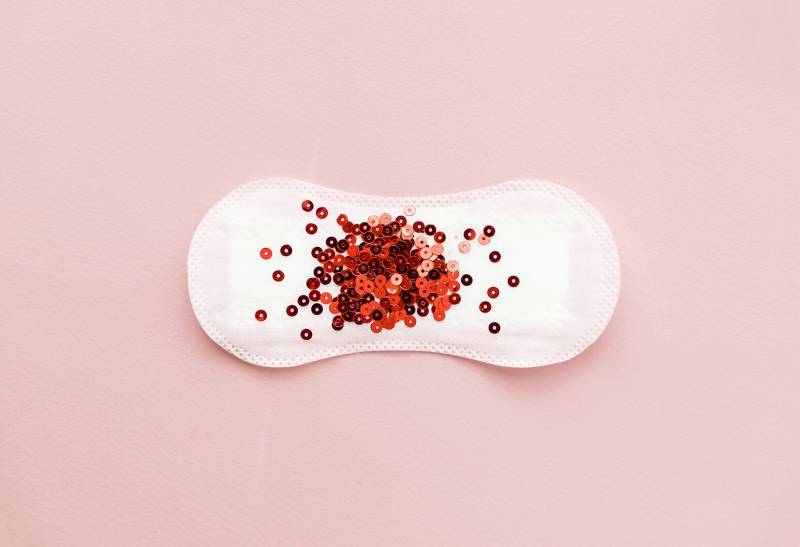Although monkeypox was only recently spread, the disease has existed for decades. Monkeypox appeared initially in West and Central Africa and is a cousin of smallpox, a disease that was eliminated in 1980, according to the World Health Organization (WHO).
Read Also: Gasoline Shortage Flares Up As IPMAN Issues Strike Warning Over Claims
According to Johns Hopkins University, getting smallpox requires close contact with an infected person and is spread through large respiratory droplets and bodily fluids. While contagious, it is not as contagious as COVID-19. For example, if someone in the household has monkeypox, less than 10% of that household will become infected.
Monkeypox versus smallpox
The monkeypox virus was first discovered and documented in a Danish laboratory in 1958, according to the World Health Organization (WHO). The lab had monkeys for research, which experienced two outbreaks of the disease, via the Centers for Disease Control and Prevention (CDC). And, yes, the fact that the disease was first discovered in colonies of monkeys is where monkeypox gets its name. Fast forward a little over a decade later, and the first recorded case of a person contracting monkeypox occurred in the Democratic Republic of Congo (per WHO). It was also at this time that smallpox was a major concern, and health organizations were working on efforts to eradicate the disease.
WHO notes, for example, that the monkeypox virus typically incubates for six to 13 days (although it can incubate for anywhere from five to 21 days). Smallpox, on the other hand, usually incubates for 17 days (via Mayo Clinic). In addition, while both monkeypox and smallpox can have similar symptoms, monkeypox tends to be less severe.
Monkeypox versus chickenpox
When one thinks of monkeypox, another ailment might come to mind: chickenpox. After all, both have an animal and the word "pox" in their names. But the similarities between the two don't stop there.
Okay, before there's any confusion, let's clear one thing up. As the Australian Government Department of Health explains, chickenpox is caused by the varicella-zoster virus, which is a type of herpes virus. So, chickenpox isn't caused by the same virus as monkeypox. With that said, the two health issues do share certain symptoms. According to the Mayo Clinic, chickenpox can also cause fever and general malaise, as does the monkeypox, according to Johns Hopkins. And the bumps that are a hallmark of chickenpox go through similar stages of development as the ones for monkeypox, including becoming filled with fluid and crusting over.
In addition to sharing similar symptoms, monkeypox and chickenpox can both cause a significant complications. Although chickenpox is usually not a severe disease, there have been cases of it that have resulted in death (via Mayo Clinic). Similarly, the strain of monkeypox that is currently in the U.S. is usually not severe or fatal, per Johns Hopkins. However, don't let those statistics deter you from seeking medical help if you or someone you know has, is showing symptoms of, or might have been exposed to either of these diseases.
Does monkeypox cause scarring?
With a disease like monkeypox that causes lesions, you may wonder if the rash will leave scars. The short answer is, sometimes. According to MedicineNet, it typically takes 14 to 21 days for monkeypox lesions to go away. But remember, the final stages of these lesions' development are scabbing over and falling off, which is why they can cause scars.
As the Cleveland Clinic explains, there are three main layers to one's skin: the epidermis, the dermis, and the hypodermis. When something injuries the dermis, that can lead to scarring (via WebMD). Now, there are various types of scars in terms of appearance, and one type is scars that look like pits or dips. This form of scar is what can happen with monkeypox, since the lesions can destroy oil glands located in the skin, per MedicineNet. Now, unfortunately, once someone has a scar, it never completely goes away. But that doesn't mean a scar can't fade a bit on its own (via Healthline).
In addition to scars becoming less noticeable over time, there are various treatments that might help reduce the appearance of scarring in general, according to WebMD. These include steroid injections, surgery, laser resurfacing, microneedling, and filler injections. Applying products like cocoa butter cream and/or vitamin E to the scar might also make it less noticeable. However, depending on the severity of the scar, you might want to speak with a healthcare professional like a dermatologist to explore your best options.




